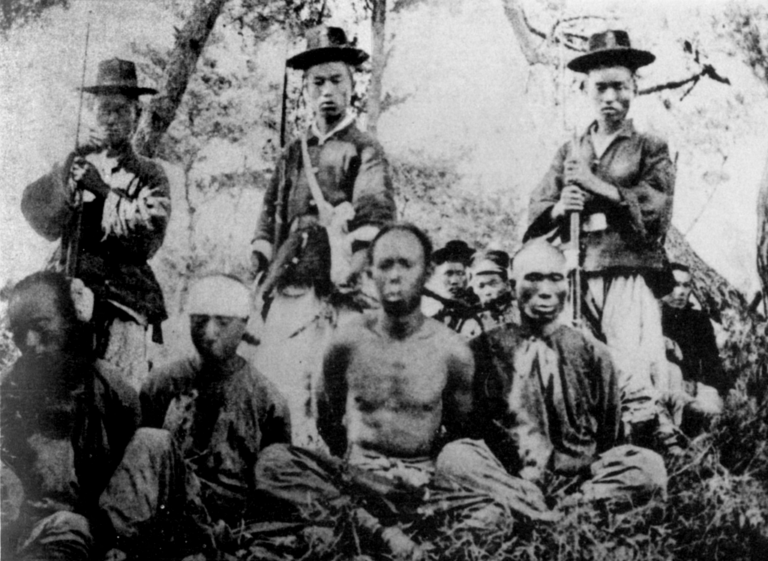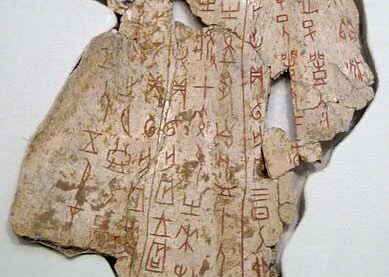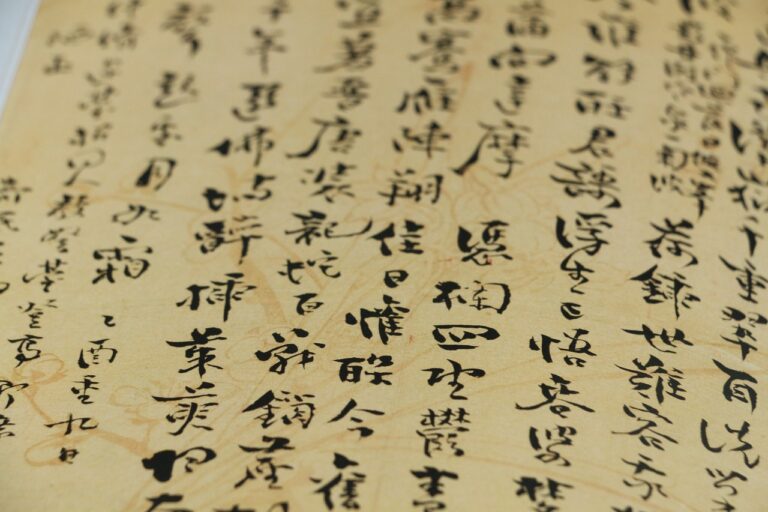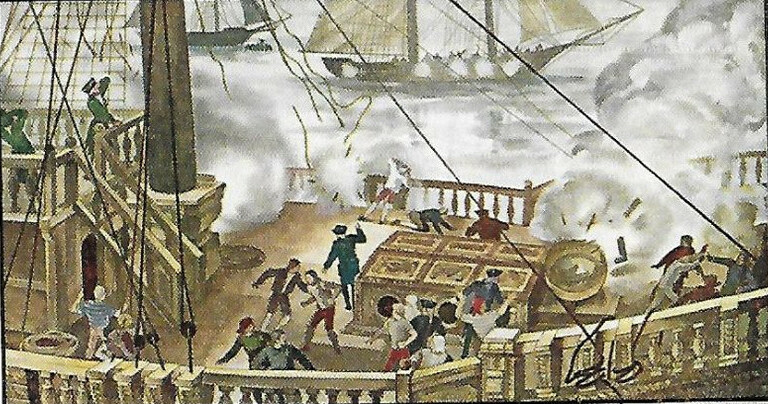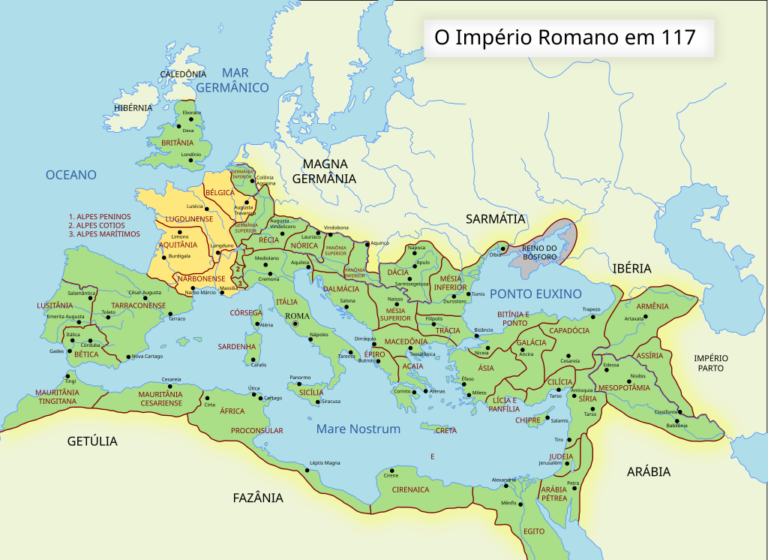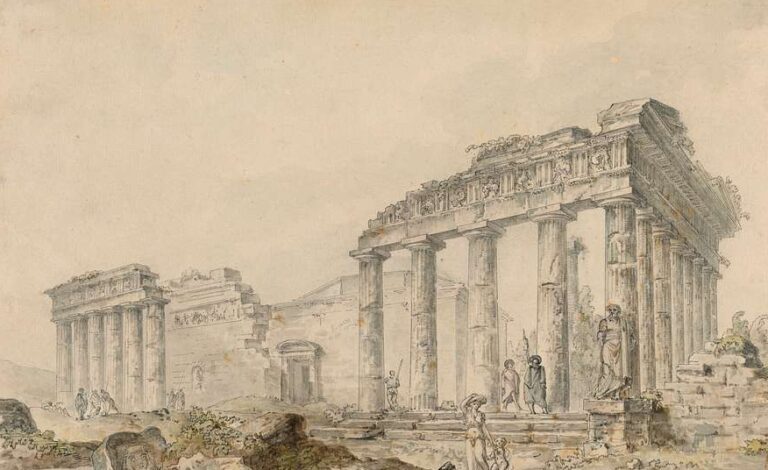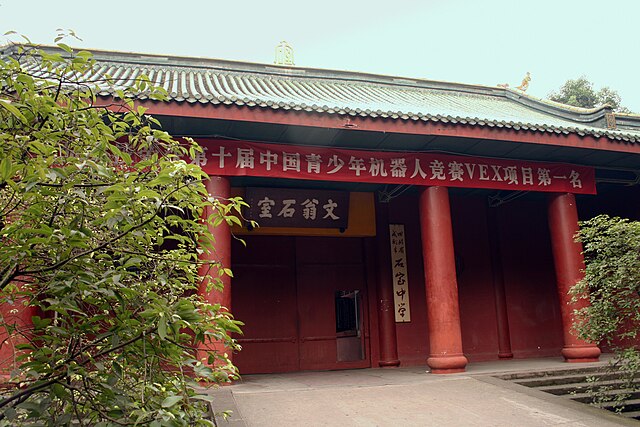
For thousands of years, education has played a pivotal role in shaping civilizations and fostering progress. Across the globe, certain schools have withstood the test of time, evolving alongside the societies they serve. Among these institutions are those with roots stretching back centuries—testaments to humanity’s enduring commitment to knowledge. In this article, we explore the fascinating history of such schools.
Shishi High School
Shishi High School in Chengdu, China, holds the distinction of being the oldest existing school in the world. Established between 143–141 BCE during the Han Dynasty, it was founded by the governor of Shu Commandery, Wén Wēng (文翁), as the Shu Commandery Academy (Shujun Junxue, 蜀郡郡学). The school’s name, Shishi (石室), meaning “stone chamber,” reflects its original stone construction. Over two millennia later, it remains a symbol of China’s long-standing commitment to education.
The original school was destroyed by fire during the Eastern Han Dynasty but was rebuilt in 194 CE. Since then, education has continually flourished on this site, despite enduring numerous challenges, including destruction during the Ming Dynasty’s collapse and the Cultural Revolution.
During its evolution, the school bore various names, including Yizhou Zhouxue (益州州学) and Chengdu Fuxue (成都府学), serving as a leading center for learning in Sichuan. The Shu Carved Stone of Classics (蜀石经), a famous project to engrave the Thirteen Classics, was completed at Chengdu Fuxue during the Northern Song Dynasty.
Shishi became a modern school in 1902, following educational reforms, and transitioned into a senior middle school by 1904. It adopted its current name, Chengdu Shishi Middle School (成都石室中学), in 1940. After a brief renaming during the Cultural Revolution, it returned to its historic name in 1983. Today, Shishi is officially known as Sichuan Chengdu Shishi High School (四川省成都市石室中学) or Sichuan Chengdu No. 4 High School (四川省成都市第四中学).
The King’s School, Canterbury
The King’s School in Canterbury, Kent, England, stands as a remarkable testament to the enduring legacy of education. Initially conceived as a medieval cathedral school in AD 597, The King’s School has the unique distinction of uninterrupted operation since its foundation—a claim that positions it as arguably the world’s oldest continuously operating school. Founded within the grounds of Canterbury Cathedral and St Augustine’s Abbey, the school emerged as part of the mission led by Augustine of Canterbury, often called the “Apostle to the English,” who played a pivotal role in establishing the English Church.
Even during significant historical upheavals, such as the Dissolution of the Monasteries (1536-1541), the school persevered. In 1541, King Henry VIII re-founded the school by royal charter, establishing its modern identity with the name “The King’s School” and securing its place in history. The royal charter also introduced the Headmaster, Lower Master, and fifty King’s Scholars, marking the beginning of the school’s prestigious reputation.
The King’s School continued to evolve during the centuries that followed. Under the stewardship of key figures like John Twyne, its first headmaster, and alumni such as Christopher Marlowe, William Harvey, and John Tradescant the Younger, the school’s reputation grew both nationally and internationally. Academic standards were elevated, and the school’s facilities expanded, particularly under the leadership of John Mitchinson, during which time it solidified its status as a prominent public school.
University of Al Quaraouiyine
The University of al-Qarawiyyin, located in Fez, Morocco, holds the remarkable distinction of being the oldest existing, continuously operating, and the first degree-awarding educational institution in the world, as recognized by UNESCO and Guinness World Records. Founded between AD 857 and 859 by Fatima al-Fihri, a visionary woman of her time, the institution began as a mosque and gradually evolved into a leading center for spiritual and educational advancements during the Islamic Golden Age.
Initially operating as a madrasa, the University of al-Qarawiyyin served as a hub of learning and intellectual exchange for scholars and students from across the Islamic world. It offered teachings in a wide array of subjects, including theology, jurisprudence, mathematics, astronomy, and philosophy. Although some scholars note distinctions between the traditional madrasa model and the European concept of a university, al-Qarawiyyin’s long-standing role in awarding degrees and promoting scholarship is undeniable.
In 1963, the university was incorporated into Morocco’s modern state university system and officially renamed “University of Al Quaraouiyine” two years later. Beyond its academic significance, the al-Qarawiyyin mosque complex itself stands as an architectural treasure, showcasing elements from various periods of Moroccan and Islamic history.
Cover image: AlexHe34, CC BY-SA 3.0 https://creativecommons.org/licenses/by-sa/3.0, via Wikimedia Commons
For related articles on the history of education, see following articles:

